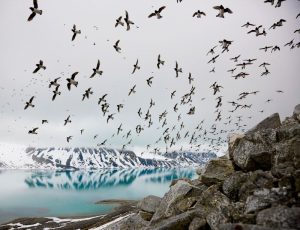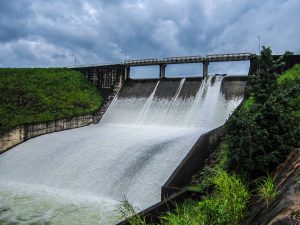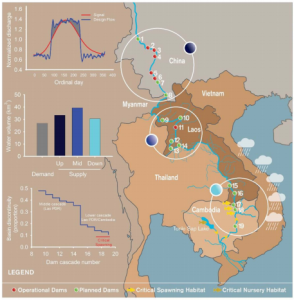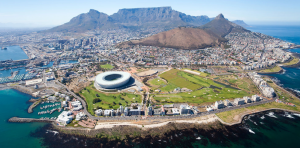
Profits do come when you save. Authors in a recent study found that when companies invested in green information technology (IT), their profit margins increased. Technology is an unexpected greenhouse contributor. However, our society’s increasing reliance on technology makes it a source of large energy consumption. In a previous study, Belkhir and his coauthors found that information and communication technology (ICTs) devices and services such as smart phones, tablets, displays, and data centers contributed 33% of the total global greenhouse gas emissions in 2010.
Companies feel obligated to adopt sustainable practices in their operations or supply chain due to pressures from various entities like the Business and Sustainable Development Commission, the United Nations, investors, consumers, and governments. These entities want to reduce the environment impact of technology. When companies reduced the environmental impact of their operations, and incorporated sustainability objectives to their operations and management practices, their profits increased. Furthermore, the incorporation of sustainable objectives reduced the energy consumption from IT equipment, which lowers the energy cost.
From their results, when companies spend more of their overall IT spending on green IT, profits increased, as well as energy consumption. Additionally, the authors found a difference in green IT implementation based on operation-oriented and supplier-oriented platforms. When their operational based implementation, the company conserved more energy and collected more profits. Whereas, a supplier based platform allowed them to conserve with little financial returns.
From a marketing perspective, this may be an ideal way for companies to adopt sustainable practices that supports their business model and finances. However, if the problem of climate change derives from intense extraction of natural resources and human overconsumption, how would this encourage people to change their consumptive patterns? Rather than relying on technology to solve our problems with our changes to our practices. This maybe a good starting point to gather more support. However, do you think this is a lasting solution?
Source: Khuntia, J, Saldanha, T.J.V., Mithas, S., Sambamurthy, V. Information Technology and Sustainability: Evidence from an Emerging Economy.











